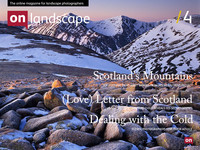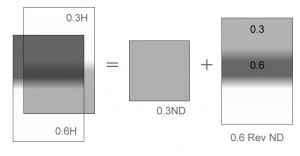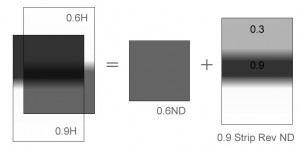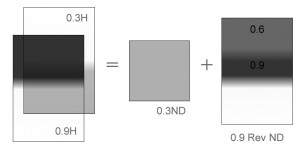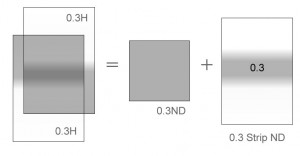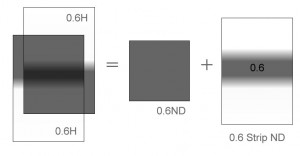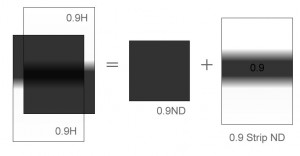Blend your own in the field

Tim Parkin
Tim Parkin is a British landscape photographer, writer, and editor best known as the co-founder of On Landscape magazine, where he explores the art and practice of photographing the natural world. His work is thoughtful and carefully crafted, often focusing on subtle details and quiet moments in the landscape rather than dramatic vistas. Alongside his photography and writing, he co-founded the Natural Landscape Photography Awards, serves as a judge for other international competitions. Through all these projects, Parkin has become a respected and influential voice in contemporary landscape photography.
One of the issues that sometimes comes up when doing landscape photography in the UK (and I’m sure abroad sometimes too, but I never go there) is that we have clouds; lots of them; All over the bloody place. This can sometimes mean that the only glimpse of the sun you get all day is when it slips above the horizon and just before it slips behind this layer of clouds for the rest of the day (and then again in the evening).
This leads to a bit of a problem because that strip of light at the horizon is often about 2 or 3 stops brighter than the sky above it and about 4 or 5 stops brighter than the ground below. Singh Ray, an American manufacturer of filters, sell a filter called a ‘reverse grad’ which aims to solve this issue (well, in the US it tends to be aimed at the gradually darkening clear sky with ultra wide lenses). I should add that even with a clear sky, the brightness difference between the horizon and looking up about 90 degrees can be a couple of stops or more so it's equally valid then.
Quite a few people have contacted Lee Filters to ask if they can create them only to be told ‘no’. I’m presuming the answer may have been slightly more detailed but ‘no’ is sufficient for this article*.
However, “I have a cunning plan!” - we can take two hard graduated filters and turn them around so they are sitting opposite each other. Where the two graduated filters overlap, we have a dense area. Depending on the graduated filters used, we can ‘emulate’ the fabled ‘reverse grad’ as follows..
[3H + 2H] = 3 stop reverse grad + 2 stop ND filter
Obviously we end up with an extra two stops of ND above what a reverse grad would give us but as a bonus, we get to choose the width of the extra one stop of filter.
With a few different combinations, we can create hard strip filters and reverse grads of various powers (the light stopping sort of powers, not flying powers and stuff - that would be silly - although quite handy should you be shooting off the edge of a cliff and you over adjust your 3H filter, dropping it down towards the rocks, despairing at the fact the production capabilities of Lee a running so short of demand and realising that you might be waiting for another three months before you can capture *that* shot, hence scuppering your professional landscape photographer plans for good...).
This isn't a perfect solution as you end up with an ND grad as well as a reverse grad but if you can get the shot quickly using this then all the better. Let us know what you think of the technique and if you have used it either before or since the article.
Some examples shown visually
*no = the dipping method used by Lee filters makes creating a colour balanced reverse graduated filter very difficult.

